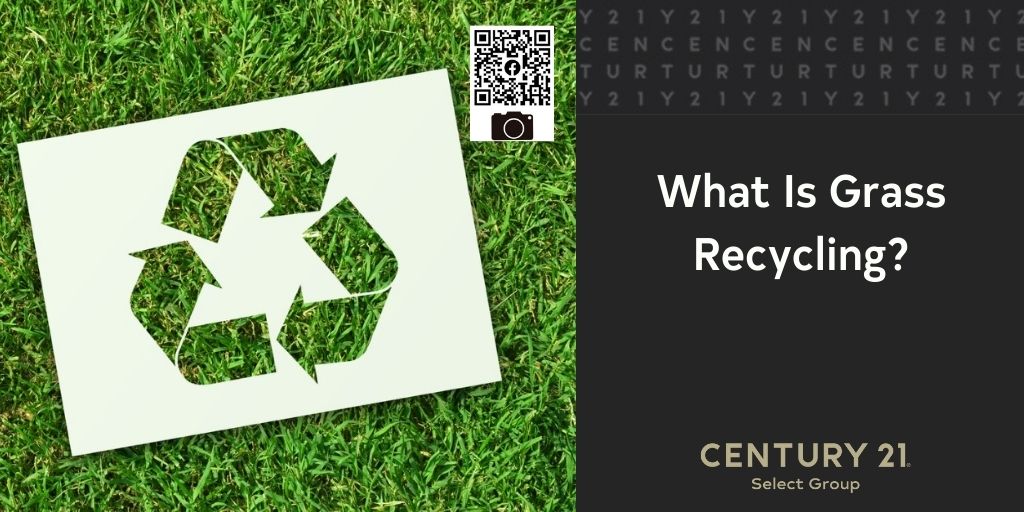What Is Grass Recycling?
Most homeowners are used to mowing their lawn, then raking the grass clippings or removing the bag on the mower and disposing of the cut grass. There is an easy way to save time and money and help your lawn stay healthy. Grass recycling, or grasscycling, is the practice of leaving cut grass on the lawn after mowing to mulch the grass with its own clippings.

Reasons to Recycle Grass Clippings
Grass recycling can cut down on the amount of time required for routine lawn care. It helps the grass retain moisture and returns nitrogen and other minerals and nutrients to the soil. That means you won’t have to spend as much money on fertilizer or as much time applying it.
Grass recycling can prevent the growth of thatch, which is a layer of partially decomposed plant material between the soil and grass. Since grass clippings consist mostly of water, they quickly break down.
Much of the waste in landfills is organic material that comes from landscaping. Recycling cut grass can reduce the amount of waste going into landfills.
How to Cut Your Grass and Recycle Clippings
Mow your lawn when the grass is dry. Before you start, make sure the lawnmower’s blade is sharp. A dull blade will tear the grass, which can make it prone to disease.
Don’t cut more than a third of the grass’s total height at one time. If the grass is tall and you would have to cut off more than one-third to get it to the desired height, start by cutting off less than a third. Then lower the mower blade and mow again in a different direction until the grass is the desired height.
When you trim the grass, in most cases, you can simply leave the clippings lying on top. They should gradually settle down to soil level over a period of several hours and then start to decompose. If the pieces of grass are long, you can use a rake to spread them across the lawn. Another option is to use a mulch mower to cut grass into smaller pieces.
Don’t recycle grass clippings if you see signs of disease in your lawn. Spreading cut grass could introduce the problem to other parts of the lawn that might not currently be affected.
Other Tips to Keep Your Lawn Healthy
Let the grass grow deep roots to avoid thatch. Water the lawn infrequently (when the grass is pale green and doesn’t immediately spring back up after you walk on it). Use enough water to thoroughly irrigate the lawn and allow moisture to soak into the soil.
Tall grass is healthier than short grass. Long grass blades have more leaf surface exposed to sunlight and tall grass provides shade for the soil that prevents water from evaporating too quickly. Let your grass grow until it gets relatively high, but not so tall that it’s difficult to mow or causes your neighbors to complain.





